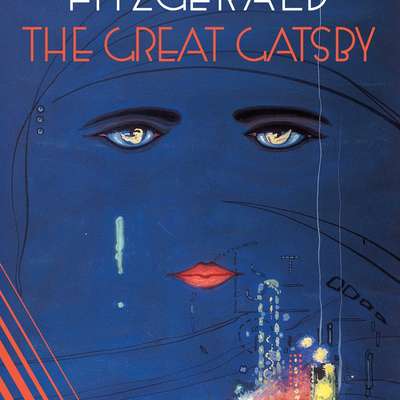
In Chapter 1 Nick refers to ‘the fundamental decencies’. However, Fitzgerald plays with the tenets of faith in a variety of ways. This is not true but reveals the ‘elaborateness’ of Tom’s lies in order to maintain his affair with Myrtle, which shocks Nick and shows Catholicism in a cynical light. Nick is told by Catherine that Daisy is a Catholic, ‘and they don’t believe in divorce’. There are few overt references to religious observance in The Great Gatsby.

American society in general was exceptionally intolerant and suspicious of Catholics in the early twentieth century, seeing them as loyal to an outside power, the Pope.ĭespite Fitzgerald’s lapsed Catholic status, he still had Scottie baptised, but at his death he was buried in non-Catholic ground until his daughter campaigned for him to be re-interred at a Catholic site in 1975. The Ku Klux Klan identified its objects of hatred as Catholics, Jews, immigrants and black people. During his childhood, he must have been aware of the fact that Catholics, along with Jews, were a religious minority, experiencing prejudice and discrimination. Resources for studying The Great Gatsbyįitzgerald was born into a Catholic family, but did not practise this religion as an adult.Feminist interpretations of The Great Gatsby.Critical Approaches to The Great Gatsby.The use of religious imagery in The Great Gatsby.The Great Gatsby: Imagery and symbolism.More on Fitzgerald’s use of song in Chapter 5.The Great Gatsby: Synopses and commentary.Artistic expression in the modern world.Religious / philosophical context of The Great Gatsby.Social / political context of The Great Gatsby.



 0 kommentar(er)
0 kommentar(er)
